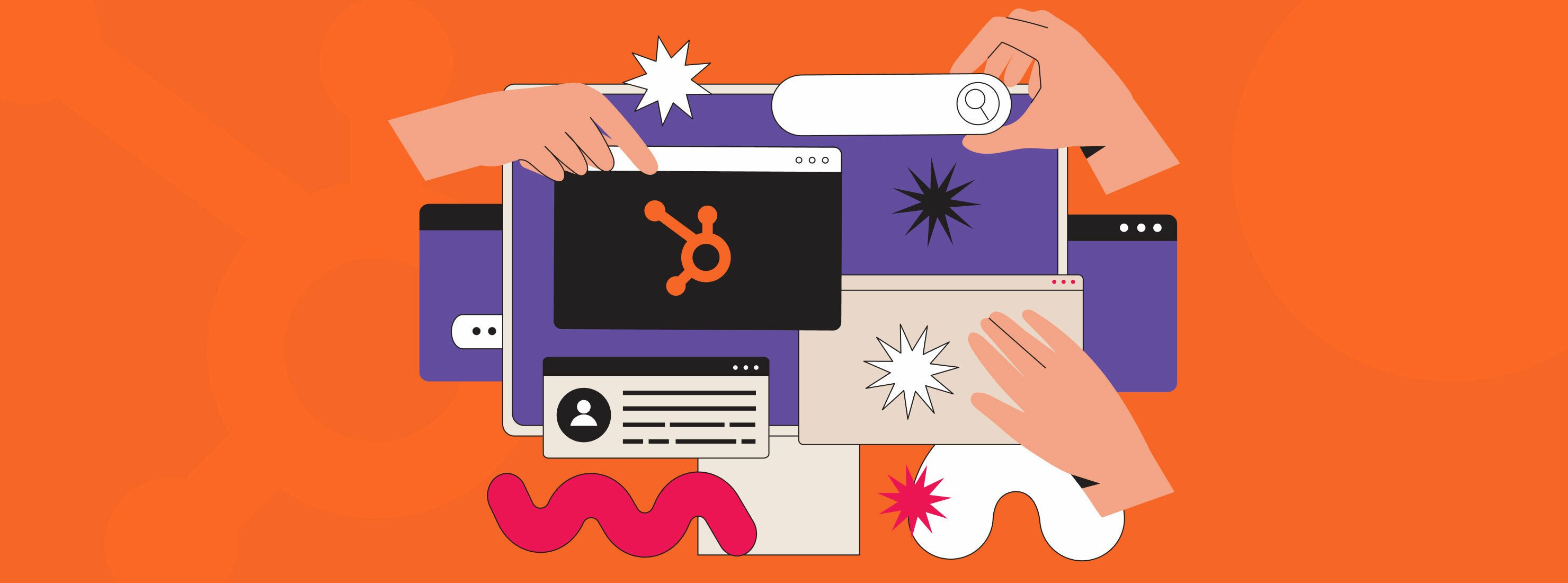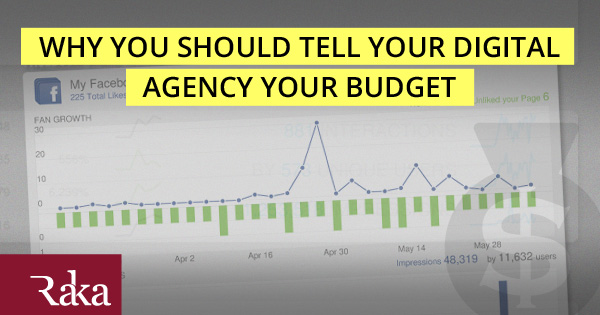You want to build a new website. Not a cookie-cutter, self-made site, but a beautiful, custom web presence that will advance your brand online.
So you start researching your next website design agency and you quickly realize that while you have a solid idea of your budget and what you want from the finished website, you’re not really sure what to look for in the company itself. Are bean bag chairs in their office a good sign? Do they come to meetings attached to the latest iPhone? Do they drop words like “vector” and “skeuomorphism” into casual conversation?
Finding the right website design partner is a big part of creating a website that truly serves your business goals. With that in mind, here are three things to look for when shopping for a web design agency.
A desire to understand your company (and your audience)
You could sign on with the greatest, most creative and artistic website design agency in the world and get zero actual results from the finished project if the agency doesn’t understand your company and your customers.
Your website should be more than just an online billboard. It should provide your customers and prospects with a chance to interact with and understand your brand as a whole. It should give them the answers to questions they might ask, like “How does this product/service/experience help me?” and “What do I need to do to get it?”.
It’s very easy to get wrapped up in the creative piece of a website design project. One minute you’re talking about a simple, straightforward e-commerce site, and the next thing you know, you’re thinking, “If this website doesn’t have interactive-3D-video-rainbow-GIF-buttons, IT’S RUINED.”
A good website design agency will help you manage that. A great agency will encourage that kind of experimentation and innovation while still keeping the project grounded and providing a final product that serves the needs of your audience, not some over-creative whim.
When you’re talking to potential web design agencies, ask yourself, are they listening to you? Are they asking about the needs of your audience? Are they concerned with the voice of your brand? These are the types of things that indicate an agency that will truly be a partner in advancing your brand through the website design and development process.
An understanding of responsive design
If you’re interviewing a potential web design partner and they start talking about designing a mobile site to go with your desktop site, or worse, they don’t even mention mobile optimization, run.
No, seriously. Get out of there.
Today, more people are browsing the internet from mobile devices than from desktop computers. And if that isn’t enough, I give you The Really Serious Statistics:
- 51% of smartphone users have discovered a new company or product when conducting a search on their smartphone (source)
- 57% of users say they wouldn’t recommend a business with a poorly-designed mobile site (source)
- 61% of users are unlikely to return to a site they had trouble accessing from their phone (source)
In the brief history of mobile website design, mobile sites—the ones with m(dot) before the URL—were the first real solution for web browsing on your device. Some of you probably remember having to wait for a whole desktop site to load on your phone, or having to zoom in on the menu options to get to the right page and cursing your thumbs for being too large for the teeny, tiny links.
Then came the mobile site: a simpler version of your website on a separate URL specifically designed for mobile users. Mobile sites featured simplified navigations, fewer images, etc., so they were easier to load and browse from a device. They were great at the time, but the wheels of progress wait for no man. Mobile sites were fairly quickly supplanted by newer, better web design technologies. Today, we call that responsive design.
What Is responsive design?
A responsive website is designed and developed to detect the type of device being used to view it and adjust the layout accordingly. Images resize, content in two columns might stack into one, etc. With a responsive website, you don’t have to manage and optimize two separate sites, as you would with a separate mobile site. You have one URL, so there’s no load-speed-killing redirect, and you don’t have to worry about someone sharing a mobile site and accidentally opening it in a desktop window where it looks unabashedly awful.
Now, designing a website to be responsive—with a plan for how the layout will change at each device size—is a tricky thing, so you should ensure that your website design agency has experience in this area before signing on to a website project that will only look good for half of your audience (er, less than half, actually).
A well-established website design process
If the agency you’re considering hiring doesn’t offer an explanation of their website design process, ask. If they respond by saying something along the lines of “Oh, the design will tell us what it wants to be,” then again I say RUN.
A well-thought-out process for designing and developing websites does not impede creativity. On the contrary, it ensures that the best, most creative sites will actually work the way you want them to.
There are a lot of moving pieces in a website project, from brand and messaging, to site architecture and wireframes, to conversion paths and overall user experience. Without an established process for how these pieces fit together, you might end up with a beautiful site that regularly leaves visitors stranded on 404 pages.
Your agency partner should be able to explain to you what their website design and development process is and how it’s going to help your brand. They should also give you an idea of what they’ll need from you to keep the process moving. Obviously, they’ll be handling a lot for you, because that’s why you’re hiring them. I’d still be concerned about the finished product if your team of company and subject matter experts doesn’t have a part to play in the process.
If you want an example of how a website design process should look, click below to check out our process in infographic form. It’s not how everybody does it, but we like to be different.





